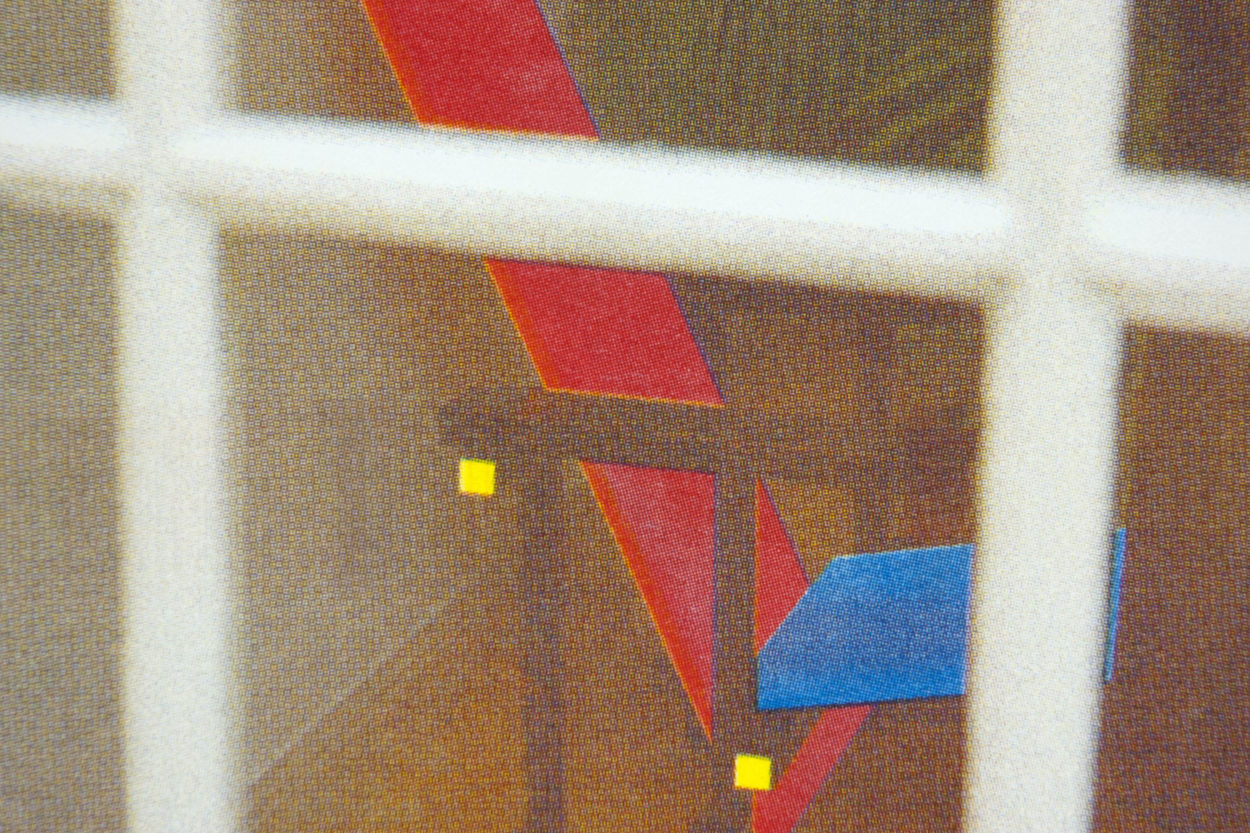Published
Toward a Common Practice—Chapter 3: Digression (or) A portrait of the artist as a young man
This chapter considers how digression might manifest in design practice; it briefly considers the historical role of design in society; it offers examples of designers exploring alternative modes of practice; it provides definitions of digression and association; and outlines how this might inform a positioning of practice – fields of interest, research methods, disciplines, process and organisation.

The Rietveld Chair, captured here in Red, Yellow, Blue is an exemplar of De Stijl aims – to create a universal visual language from asymmetrical planes of primary colour (1).
In the first half of the twentieth century the Constructivists, De Stijl and Bauhaus made attempts to improve everyday life through design. In the second half, the discipline became entwined with commerce – fostering the prevailing misconception that this is its sole function (2). Design as an economic service is, most often, consistent with the view of it being a problem-solving activity. Ana Paula Pais of Slow Research Lab takes a divergent position. She writes, ‘design(ing) entails locating, and challenging the conditions of our current realities while creating alternative conditions that allow for new realities to happen’ (3). Here, we see design defined as a problem-setting activity, one that questions existing power structures, rather than perpetuating them. Jack Self expands, ‘Kant says that ethics and aesthetics are one. When you make an aesthetic proposition, you’re also making a moral and an ethical proposition, and you’re expressing your ideas about the world through that form’ (4). How might a commercial practice be ethically responsible? And how might a research practice remain economically viable?
Read more